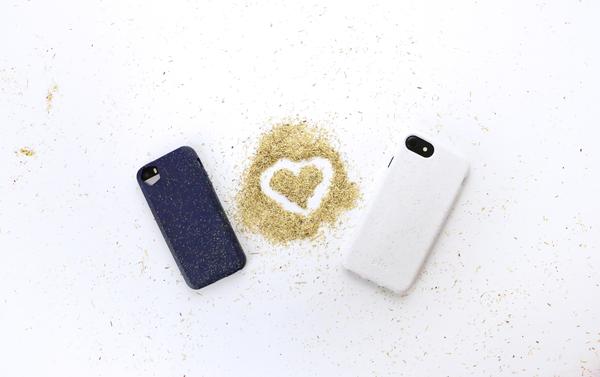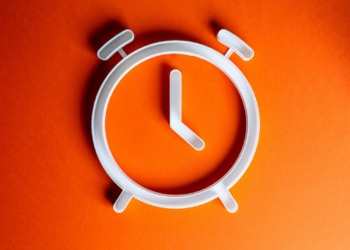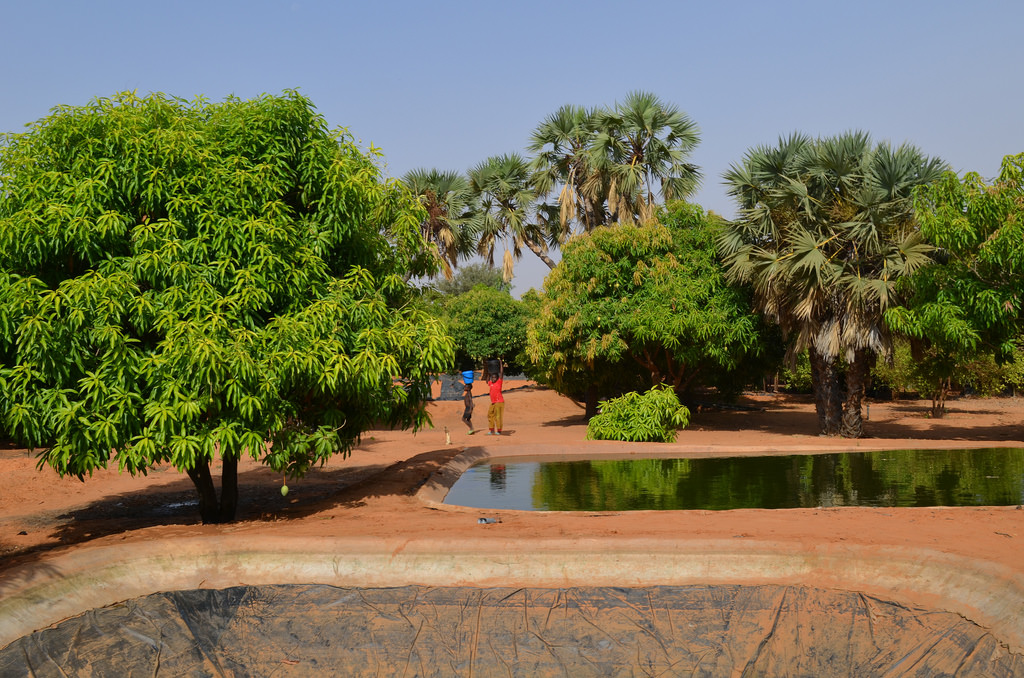Cutting plastic pollution by using coastal and marine recycled plastic textiles must now be the major focus in creating a sustainable planet and society. The issue of plastic waste in our oceans has taken centre stage, especially after the final episode of Blue Planet two, which took an unflinching look at the impact of human activity on marine life, with David Attenborough delivering a powerful rallying call to do more to protect the environment.
“The future of all life now depends on us,” the BBC naturalist said in his closing speech.
There are many companies making great strides to find solutions and replacements for all the plastic products that float from our lives and into the deep blue. Pela Case, is a company aiming to tackle one market in particular, the smart phone case industry. Employing compostable materials and a sustainable mantra, Jeremy Lang – founder of Pela Case – has connected two materials to forge a sustainable product for an industry full waste. I spoke to Jeremy, about Pela Case, the brain child that sparked it all and looking forward to the future.
Q: What is a Pela case?
Pela case is an eco-friendly smart phone case that is compostable and is made with renewable resources. At the moment, we produce the protective cases for IPhone, but we are adding Samsung smart phones in the next few weeks.
They are made from flax straw waste. Its properties are desirable in our formulations for shock absorption and also as a filler so we don’t use as much bio-polymer, it also is desirable for its aesthetics. The flax straw gives a different look to the smart phone case so people can see that there is something different about this case. As a material, it also prompts discussion amongst consumers about bio-polymers and bio-plastics.
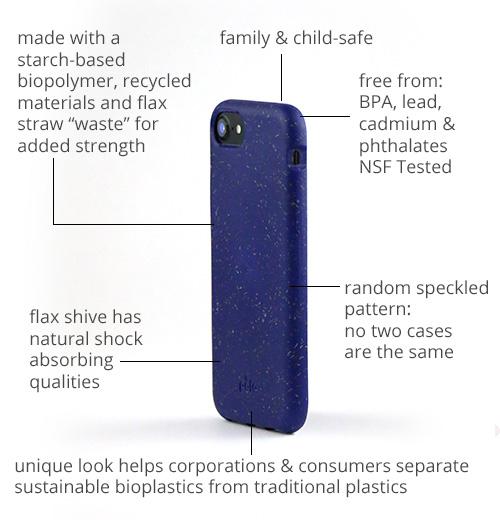
In the photo: Pela case with annotations Photo credit: Pela case
Q: When did Pela Case start?
During Christmas of 2009 I was on vacation on the Hawaiian island of Kauai, I was on a secluded beach with my wife and my son, who was a year and half old at the time. We were digging in the sand, playing, and noticed little pieces of plastic everywhere. It was a bit of a shock, that somewhere with such immense natural beauty could be tampered, hindered by a man-made compound.
Looking into plastic waste throughout the Pacific further, I found out about the Pacific gyre, where all the plastic in the Pacific converges through the current system. I also started to look at the properties and effects of plastic, how it is a linear material that does not break down. The unearthing of this knowledge led me to dig further into the plastic problem that we now face as a planet.
I also started to look at bio-polymers and bio-plastics in greater detail. At that time, they were used mostly for single use items that were very brittle. I knew that I wanted to find a way to make these materials more useful in more common consumer products.
The other piece of the story was a memory I have held since I was ten-years-old, it provided me with the solution to make the product strong. In this flashback, I was driving along the Canadian prairies during harvest time. We were in my dad’s big-old, white Buick and as we were heading down the highway during the night we could see the sky was glowing orange. We continued over a hill and saw all the fields on fire, I was shocked and scared as a kid. I remember asking my dad what was going on and he told me about how the farmers were burning their flax straw, because the fibre in this straw is so strong that it gets caught up in the equipment and machinery.
The flax straw is a big waste product in Canada. I remember saying to my dad that it has to be useful for something, to which he told me that maybe one day I would find a use for it when I am older.
So, I did. I combined the flax fibre with the brittle Bio-polymer to make it stronger. The reason I decided to utilise these materials in the phone case industry was purely because of sheer numbers.
Most of the phone cases on sale today are made in China from non-renewable resources such as crude oil, making them last hundreds of thousands of years if they are not recycled properly. Less than eight percent of plastic is actually recycled, so I knew I would be able to make a difference with a new material.
The appeal to go into the phone case industry made absolute sense when you consider the disposable nature of it. Most people keep their phone for about two-years, so you are left with a protective case that could potentially out live the phone five hundred times over which obviously makes for a particularly unsustainable market.
Q: In terms of functionality how does your case compare to competitors not using renewable resources?
In terms of strength we are about the same as our non-renewable competitors. We haven’t done any scientific tests to compare the qualities of each, but we have done some simple tests and measures ourselves. This is simply dropping the product from different heights and seeing how the damage compares with other branded phone cases.
We have had a lot of good customer testimonials to our products especially when comparing to an older product they had been using not made with flax fibre. Our daughter has also dropped our product many times on a hard tile floor with no problems!
The part of the flax we use is called the shive, which is almost like a cork-type material. It is very porous with excellent shock absorbing qualities. The shive is a by-product of a by-product, so it seems silly to not put this material to use in some manner as otherwise it would not be employed for any use.
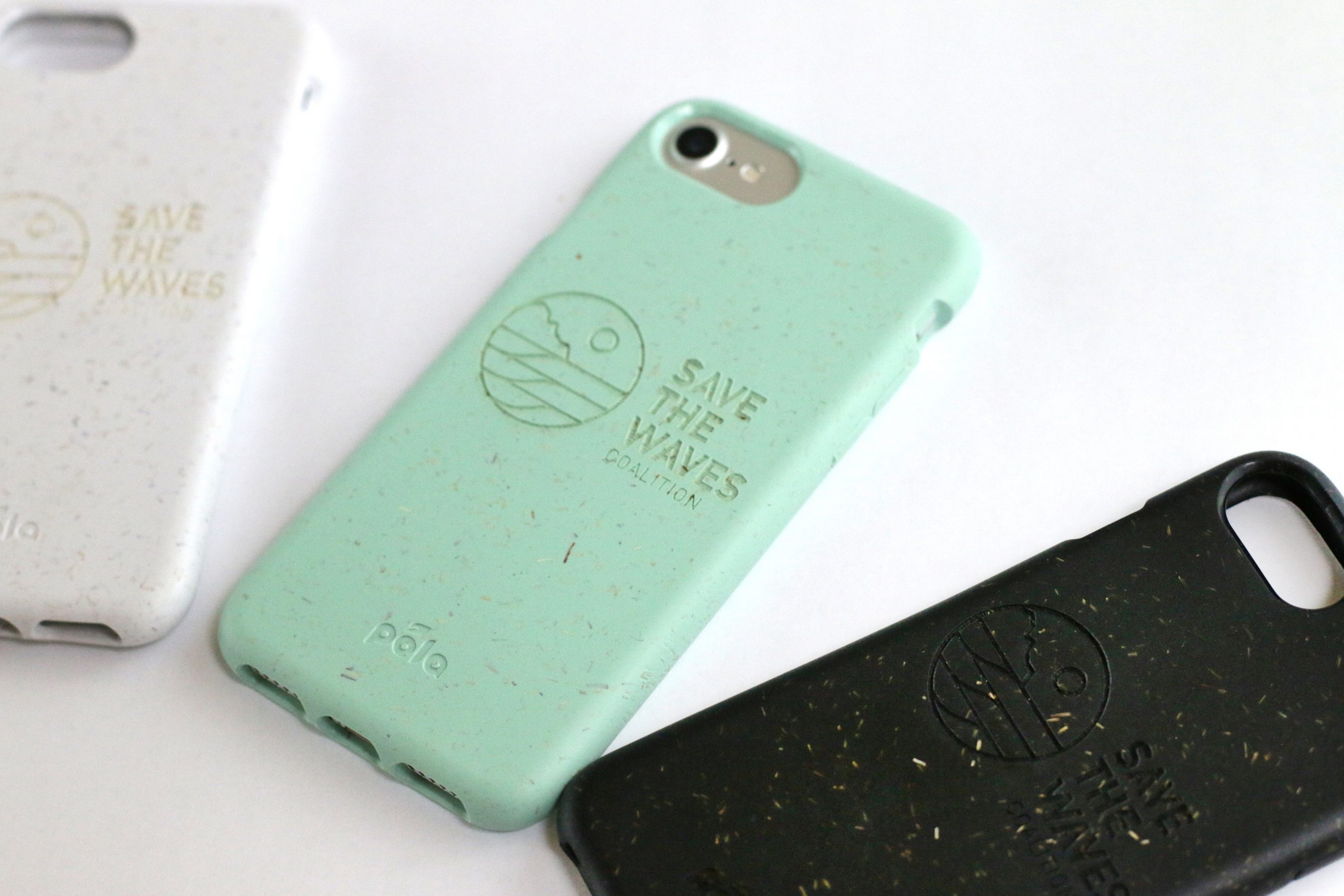
In the photo: Pela case – Save The Waves coalition Photo credit: Pela Case
Q: How does your choice of manufacturing and packaging tie in with your sustainable ethos?
To begin with, for online orders we do not ship with any retail packaging, we just put the product in a recycled paper envelope. In store, our retail packaging is very minimalist, it is all made with recycled paper. So, for Pela Case it is about the streamlining of packaging and putting those would-be expenses into better causes such as research funds for the promotion of other non-profit companies.
Q: Do you wish to expand into all phone cases? Will there be a variety of different Pela Case products to come?
We have a lot of different product ideas but we are sticking to our demographic for now. So mostly it will be smart phone cases. We are planning a Kickstarter campaign here in the new year for a new product which will be in the watch strap market, specifically the I Watch. The idea remains the same but the obviously the product shape is different, so it presents some interesting design challenges.
EDITORS NOTE: The opinions expressed here by Impakter.com columnists are their own, not those of Impakter.com


